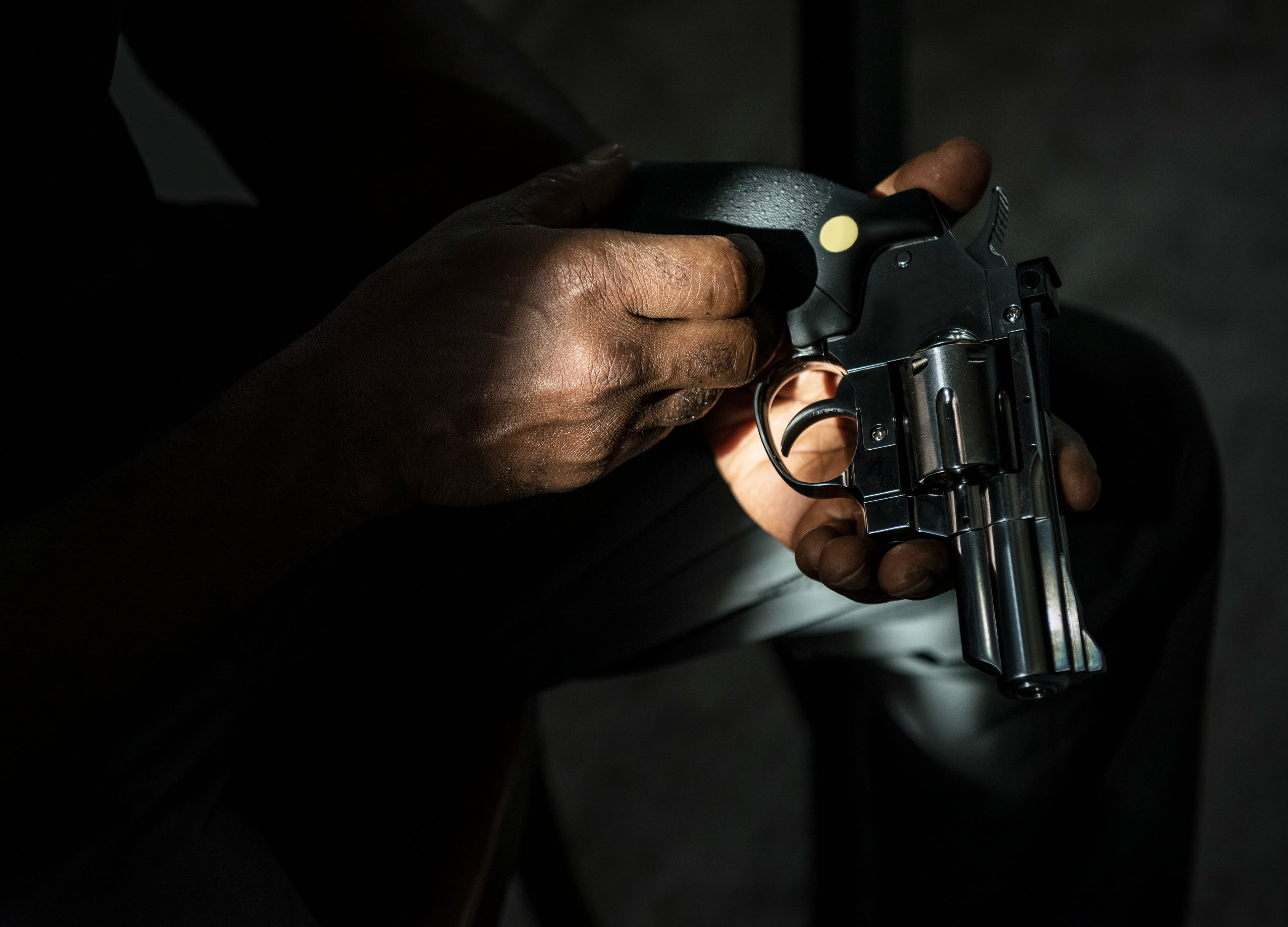
Blending Reality: Holograms as Guardians of Public Safety
South Korea’s deployment of holographic police officers marks a pivotal exploration into the fusion of advanced technology and public safety. Initially launched in select urban environments, this initiative represents a novel approach to crime deterrence and community engagement. By combining life-sized holograms with surveillance and artificial intelligence (AI), South Korea is redefining how law enforcement can be present and responsive without a physical human officer on-site. This initiative is not merely a technological experiment; it is a pragmatic step toward modernizing public safety infrastructure in dense, high-footfall areas. As cities worldwide grapple with staffing shortages, rising security demands, and changing public expectations, holographic policing may serve as a game-changing tool for evolving how law enforcement interacts with communities.
As a disclaimer, while I recognize the efficiency and innovation that holographic policing brings, I do not see it as a replacement for human officers. Instead, I believe it will serve as a powerful supplement that enhances the overall quality of life in communities. The presence of human oversight remains essential, both to interpret complex situations and to provide the empathy and judgment that technology alone cannot replicate. In this way, the integration of holographic officers represents not the erasure of human involvement but the strengthening of public safety through a balanced partnership between people and technology.
Strategic Deployment in High-Impact Areas
Holographic officers have been strategically placed in areas with high pedestrian traffic and elevated rates of minor offenses such as vandalism and fare evasion. According to Seoul Metropolitan Government data, these areas saw a 22% reduction in reported incidents over a six-month trial period (Seoul Metropolitan Government 2023). This outcome aligns with existing criminological research suggesting that visible symbols of authority can deter low-level criminal behavior, particularly in urban environments where opportunity crimes are prevalent (Welsh and Farrington 2009).
System Integration with Surveillance and AI
The effectiveness of the holographic system is enhanced through its integration with closed-circuit television (CCTV) and AI-driven analytics. In practice, the holographic officer serves as a visual focal point, while the surrounding surveillance infrastructure collects behavioral data and identifies anomalies. When suspicious activity is detected- such as loitering in restricted zones or erratic movement- the AI flags the event for human monitoring or dispatch. This integration transforms the hologram into a real-time interface between the public and back-end security operations (Kim and Choi 2022).
Perhaps the most significant promise of holographic officers lies in their role as a force multiplier. I believe they would be most effective when combined with real-time human oversight. Rather than replacing officers, holographic systems allow personnel to monitor multiple sites remotely from a centralized hub. Officers could deploy their attention strategically, intervening only when necessary, while the holograms provide a persistent deterrent.
This model reflects an evolving principle of smart policing, where technology augments rather than fully automates public safety tasks. Research into modern policing strategies echoes this point, with scholars like Lum et al. (2020) emphasizing that the most resilient systems are those where human judgment and high-tech tools complement one another. By freeing up human officers from routine patrol duties, holographic systems could enable them to focus on critical tasks requiring discretion, empathy, and rapid decision-making. I believe the holographic officers would be most effective when combined with real-time human oversight. Rather than replace human officers, the system enables more efficient use of personnel by allowing them to monitor multiple sites remotely. This model reflects a growing trend in smart policing, where technology augments rather than fully automate public safety tasks (Lum et al. 2020).
Public Engagement and Communication
One of the most innovative aspects of the South Korean model is its use of conversational AI to enable basic interactions with the public. Pilots have included multilingual capabilities to assist tourists and provide emergency instructions. This feature transforms the hologram from a passive deterrent into an active participant in community safety. Public feedback collected through surveys indicated that 68% of respondents found the holograms approachable and helpful, particularly when seeking non-emergency assistance (Lee 2023).
I believe the key to success lies in framing technology as a supportive presence rather than a surveillance mechanism. Signage and public education campaigns have been used to communicate the holograms’ purpose and functionality, reducing public apprehension and increasing engagement. This practice echoes broader lessons in public administration: transparency and proactive communication are key to fostering trust in new initiatives (Kettl 2015).
Challenges and Ethical Considerations
The South Korean experience also highlights several challenges. Privacy concerns remain paramount, particularly when holographic systems are integrated with facial recognition and behavioral tracking. Civil liberties groups have raised questions about data retention, consent, and oversight, prompting ongoing discussions within municipal councils and national regulatory bodies (Human Rights Watch 2023).
Another issue is the risk of public desensitization. If the holograms become too familiar or are perceived as gimmicks, their deterrent value may decline. A solution may be periodic updates to the holographic content, including changes in voice, appearance, and messaging, to maintain engagement and reinforce authority.
Key Takeaways
Technology as a Force Multiplier: Holographic officers, when integrated with surveillance and AI systems, enable law enforcement to extend their operational reach without increasing human deployment. This model is particularly effective in dense urban environments where constant physical presence is impractical.
Strategic Visibility Deters Crime: The presence of holographic officers in high-traffic areas has been associated with measurable declines in low-level offenses. Their visual prominence serves as a psychological deterrent, aligning with established theories of environmental criminology.
Human-AI Collaboration Enhances Trust: Combining conversational AI with holographic visuals creates opportunities for meaningful public interaction. This can improve perceptions of accessibility and transparency in law enforcement, especially when accompanied by clear communication strategies.
Proactive Public Communication is Essential: Successful deployment depends on public understanding and acceptance. Practitioners recommend robust engagement campaigns to clarify the objectives and limitations of the technology to reduce suspicion and encourage cooperation.
Ethical Oversight Must Keep Pace: As holographic systems evolve, so must ethical frameworks and policy guidelines. Issues such as data privacy, AI accountability, and equitable access must be addressed through cross-sector collaboration and ongoing review.
From a management perspective, this initiative exemplifies adaptive governance: the ability to integrate emerging technologies to meet public needs while remaining responsive to ethical, legal, and social constraints. South Korea’s experience demonstrates that with thoughtful planning, transparent communication, and strategic implementation, holographic officers can become not just a novel feature but a meaningful instrument in advancing public safety.
References
Human Rights Watch. 2023. "South Korea: Growing Concerns Over Surveillance Expansion." HRW Reports, October 12, 2023. https://www.hrw.org/report/south-korea-surveillance.
Kim, Jihoon, and Minseok Choi. 2022. "Technological Integration in Urban Policing: A Case Study of Seoul." Journal of Urban Security and Technology 14 (2): 85–101. https://doi.org/10.1177/urban.sec.2022.14.2.85.
Kettl, Donald F. 2015. The Transformation of Governance: Public Administration for the Twenty-First Century. Baltimore, MD: Johns Hopkins University Press.
Lee, Hana. 2023. "Public Perception of Holographic Police Officers in Seoul’s Metro System." Korea Public Administration Review 29 (1): 45–62.
Lum, Cynthia, Christopher S. Koper, and Laurie O. Robinson. 2020. "The Evidence-Based Policing Matrix: Moving Police Science to Practice." Police Quarterly 23 (2): 139–168. https://doi.org/10.1177/1098611120907841.
Seoul Metropolitan Government. 2023. "Smart Policing Initiative: Six-Month Evaluation Report." Seoul, South Korea: Department of Public Safety and Innovation. https://smartseoul.go.kr/reports/2023-holographic-policing-evaluation.
Welsh, Brandon C., and David P. Farrington. 2009. "Public Area CCTV and Crime Prevention: An Updated Systematic Review and Meta-Analysis." Justice Quarterly 26 (4): 716–745. https://doi.org/10.1080/07418820802506206.
More from 2 Topics
Explore related articles on similar topics





